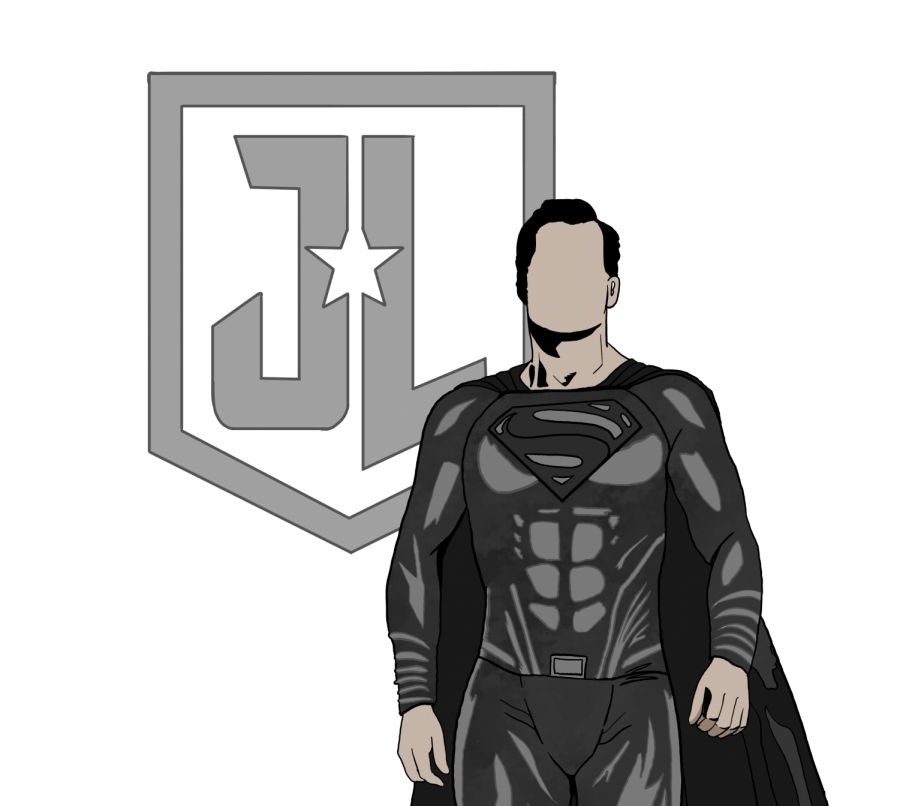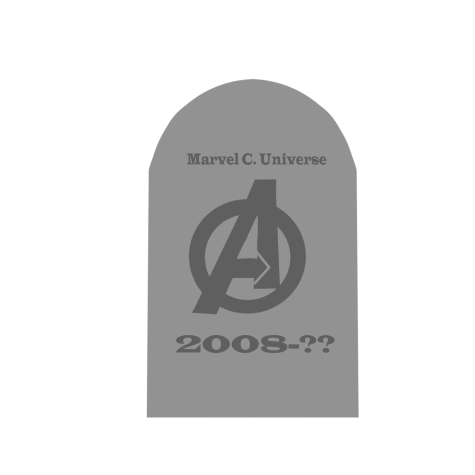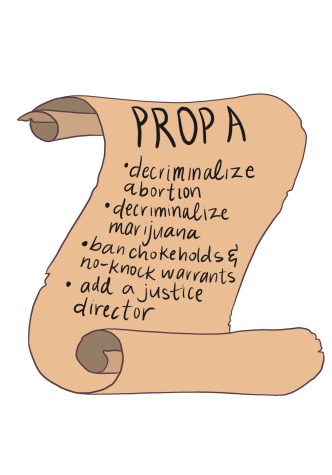The Snyderverse: Part I – Dawn of Injustice
Snyder’s ‘Man of Steel’ explores a darker interpretation of Superman
It’s been four years since the release of “Justice League,” the fifth installment of the DC Extended Universe series of films. The film received a mixed reception and made $657.9 million on a budget of $300 million. To break even, the film would’ve needed to make $750 million, hence it lost the studio around $60 million. The film’s production was troubled as director Zack Snyder left during post-production and was replaced by Joss Whedon, who re-wrote and re-shot scenes to complete the film. With that, audiences had petitioned to be able to see Snyder’s original vision before his departure, and four years later, we finally received it with “Zack Snyder’s Justice League” (now streaming on HBO Max). More information about the production has come out since, and it’s very clear that there was much more that was happening behind the scenes than we initially thought, but with that, we’ll need to start with the start of this franchise.
The first film was 2013’s “Man of Steel,” which was directed by Snyder. It was the start of a darker sort of take on the character of Superman. The reception was relatively mixed due to its overall tone and runtime (both of which are common criticisms regarding his work, even towards his good films), as well as its depiction of Superman. Rather than him being the somewhat wholesome hero, “Man of Steel” shows him as a hero… technically. I mean, yes, he does save as many people as he can, but the polarizing end of the film shows him fighting the antagonist in an elongated battle that sees the destruction of the city Metropolis (and in the sequel, we see that it destroys some of Gotham City as well). Oh, and also he kills the villain.
Superman, the wholesome superhero that every other comic book character is judged by inadvertently commits a war crime and breaks the villain’s neck. Nice.
As I said, this was not taken all that well among some fans, but it turns out that this was actually intentional for a larger story arc. His follow-up film was 2016’s “Batman v Superman: Dawn of Justice,” which received largely negative reviews upon its release. Pretty much all of the main problems people had with “Man of Steel” were practically amped up in this film.
“Batman v Superman: Dawn of Justice” has a larger and more complicated story than its predecessor, which is yet another alienating element. After the events of “Man of Steel,” a grizzled and more brutal Batman deems Superman to be a possible enemy to humanity while Superman learns about Batman’s brutality and wants to take him down. Meanwhile, villain Lex Luthor wants to take advantage of all of this conflict while Academy Award nominated actor Jesse Eisenberg decides to channel Mickey Mouse for some reason (seriously, what the hell).
And if that wasn’t enough, there is so much setup for other characters such as Wonder Woman, The Flash, Cyborg, Aquaman, the Joker, Steppenwolf and Darkseid. Also, Batman has a bunch of nightmares that detail a possible future in which Superman becomes evil, destroys the world and turns it into a “Mad Max” wasteland. Additionally, Batman gets a visit from the Flash from the future who tells him, “Hey, Superman is evil. Save Lois Lane, his girlfriend,” to paraphrase.
Oh, and Batman kills people, and if you watch the Ultimate Edition (which is 3 hours long and rated R), Batman REALLY kills people. Like, there’s blood and everything.
As I stated earlier, the film’s negative reception turned into a cult following as of 2021, and to the film’s credit, I rewatched it recently and I actually really like it (specifically the Ultimate Edition). It’s bold, it’s dark, and it sets up a lot of interesting ideas. Granted, there’s some really dumb s–t here. Like, why is the setup for the Justice League an email with videos (each with the comic book characters’ logos as cover art)? And if Lex Luthor’s plan was to show that Superman is evil (therefore showing that God is evil), then why did he create Doomsday to kill Superman? And if Superman was actually supposed to be dead at the end of the film, then why does the final shot depict dirt flying in a way that implies that he’s still alive (even though both versions of “Justice League” confirm that he is very much dead)?
Besides those issues, it is still a movie that I really do enjoy and recommend, but a cult following years after a film’s release doesn’t mean anything to a film studio… and as we can see later, they did everything they could to change the trajectory of the franchise.
TO BE CONTINUED

Hello! My name is Om Dighe (he/they), and I am an Arts Columnist. I am a senior from Spring, TX, majoring in Communications and double minoring in Film...

I'm a senior Computer Science major and a Classical Studies minor from Newton, North Carolina with a passion for art. I also work at the Center for Experiential...







